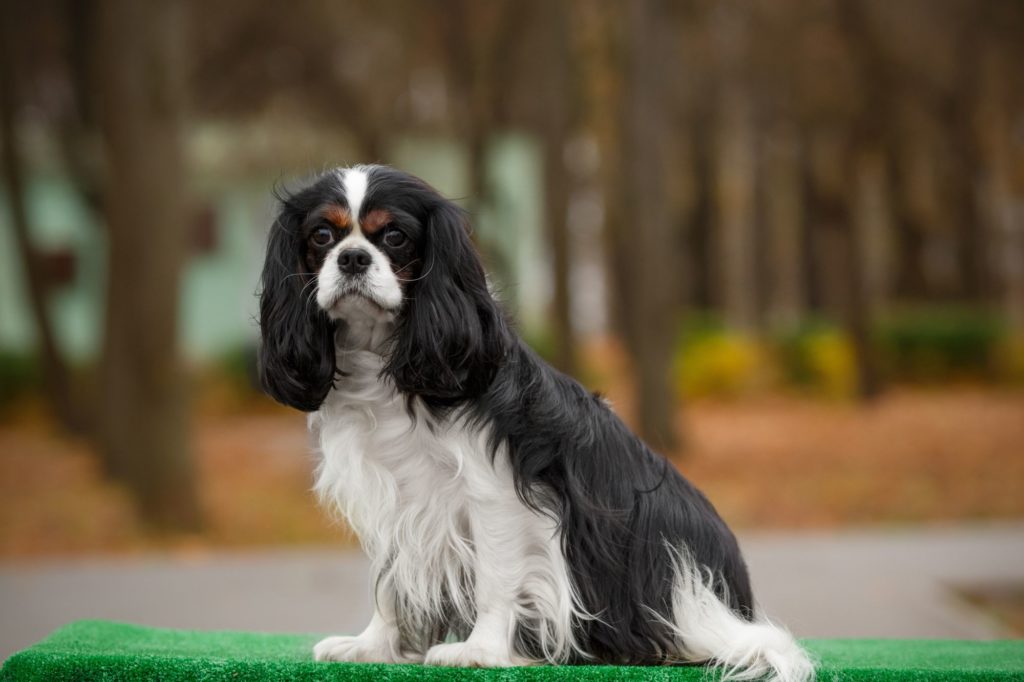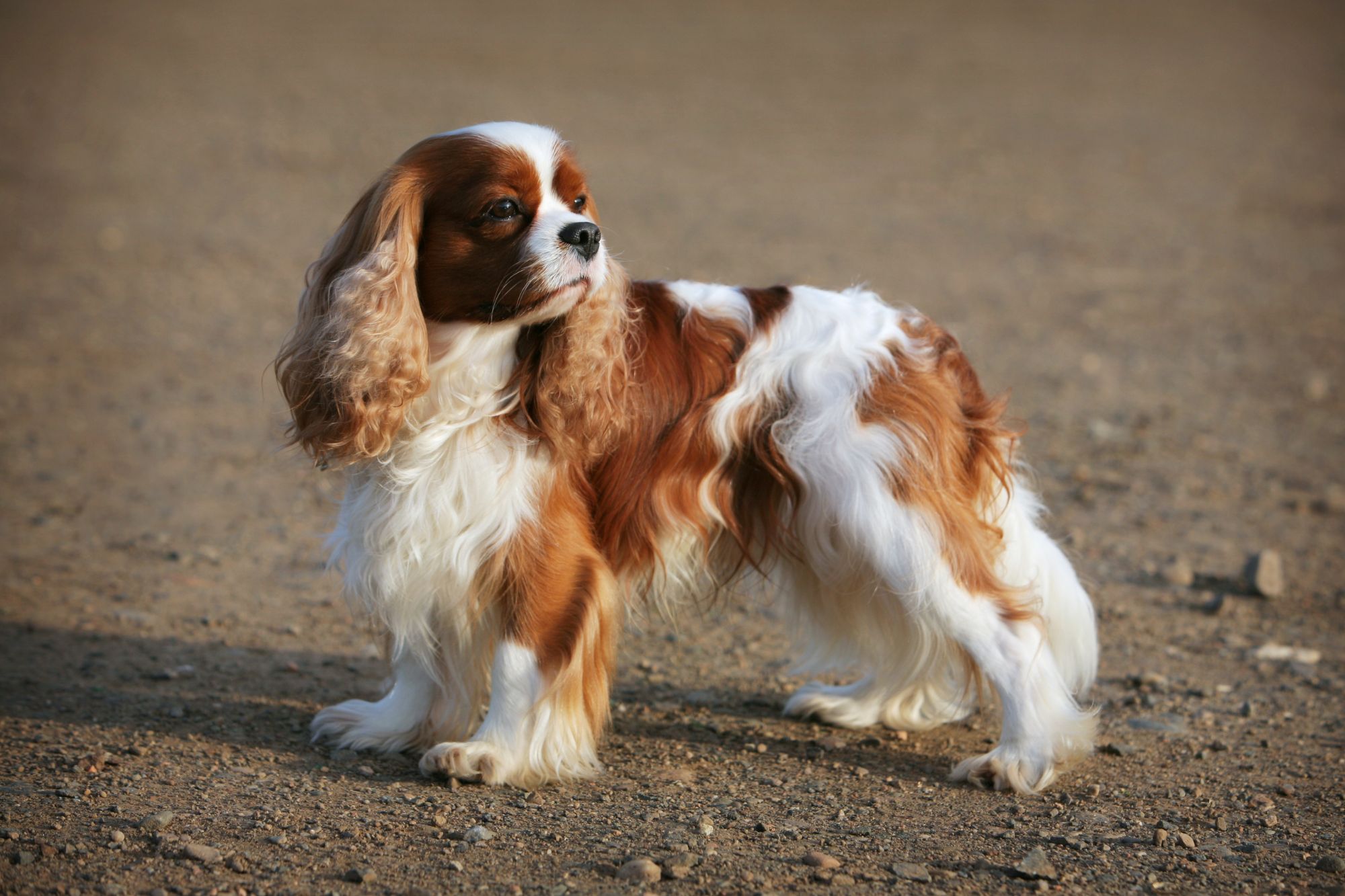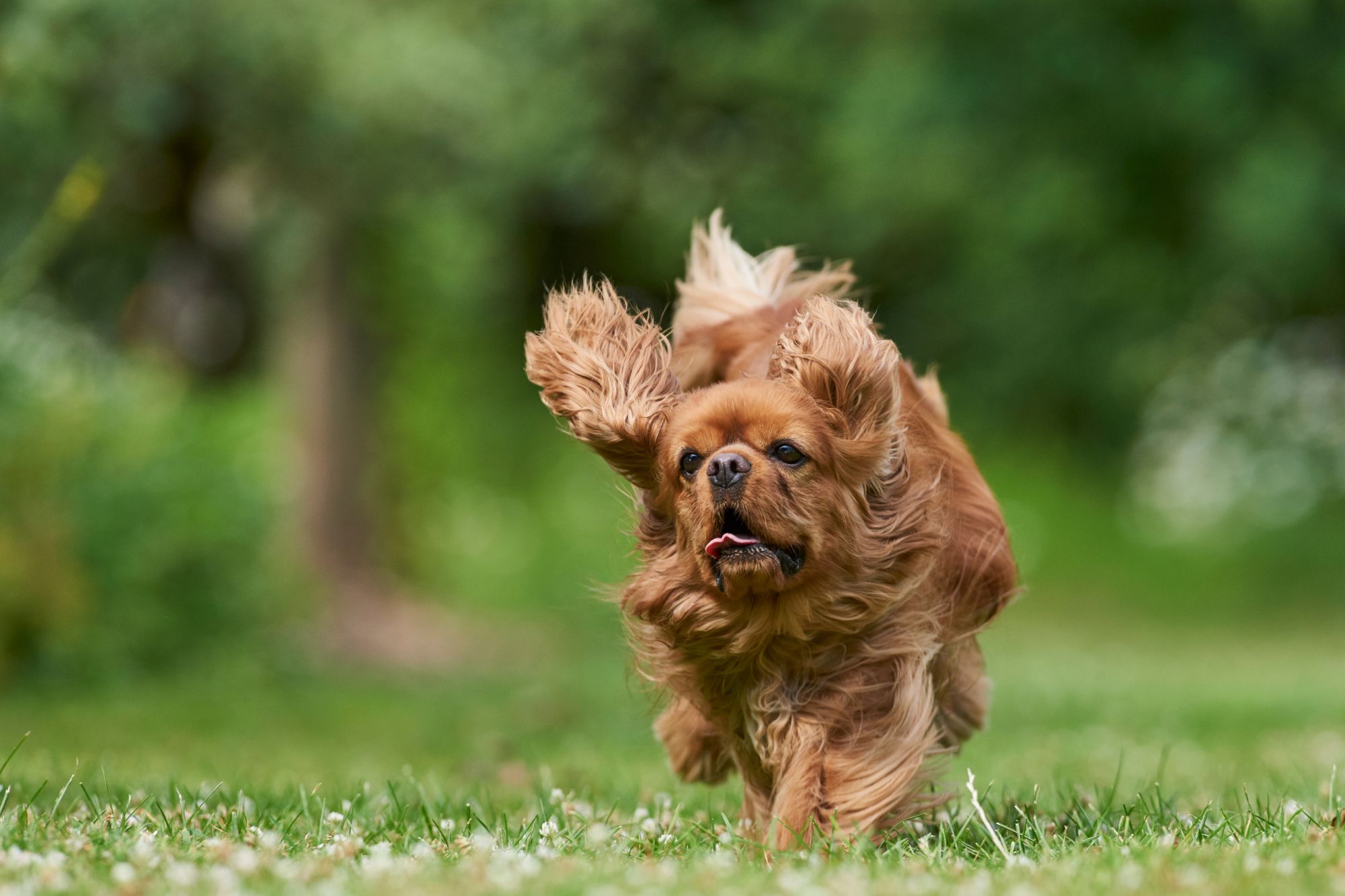
Cavalier King Charles Spaniels are intelligent, cheerful, and loyal companions. With proper training and care, your Cavalier King Charles Spaniel can become a well-mannered pet that’s full of love for you and your family. Read on to find out how to train and care for your Cavalier King Charles Spaniel.
Introduction to Cavalier King Charles Spaniel
The Cavalier King Charles Spaniel is a loyal, friendly, and affectionate breed that loves being the center of attention. With proper training and patience, Cavaliers can be the perfect addition to any family. But where do you start when it comes to training your Cavalier King Charles Spaniel? Read on for an in-depth guide on how to properly train this beloved breed.

Understand the Needs of Your Puppy.
Before you start training your pup, it’s important to understand their individual needs. Each dog is unique and requires different amounts of attention, exercise, mental stimulation, and socialization. Take the time to get to know yours and determine how best to structure activities for them
Start Early
The earlier you start training your Cavalier, the better—this breed has plenty of energy and will benefit from early obedience and socialization classes. Start by teaching basic commands such as “sit”, “stay”, “down”, and “come”. Also make sure to bring your pup with you during walks or outings so they can become accustomed to different environments and people. This helps them learn appropriate behavior around strangers and other dogs.

Positive Reinforcement
Cavaliers respond best when using positive reinforcement methods such as treats or verbal praise. Use treats sparingly as a reward for good behavior—too many treats may lead to weight gain in this breed. Verbal praise is also a great way to show your pup they are doing something right. Make sure that your tone of voice is enthusiastic and encouraging so that your pup knows they have succeeded in learning something new!
Be Consistent
Consistency is key when it comes to training any breed—but especially Cavaliers! Establish rules and stick with them—that means no exceptions when it comes to giving treats or allowing certain behaviors like jumping on people or furniture. Showing consistency will help ensure that your pup understands what’s expected of them when it comes to their behavior. It also reinforces trust between you two, which is important for any relationship!
Conclusion
Training a Cavalier King Charles Spaniel doesn’t have to be overwhelming or difficult! Start early with basic commands; use positive reinforcement methods such as treats or verbal praise; and be consistent with rules and expectations. With patience, dedication, and love, you can create a strong bond with your furry friend while teaching them how to behave appropriately! Good luck!






